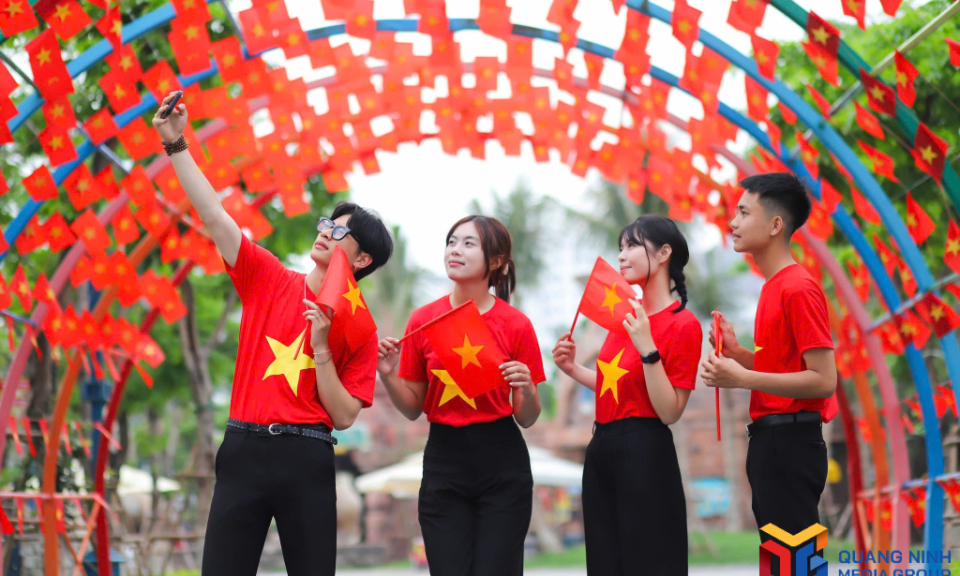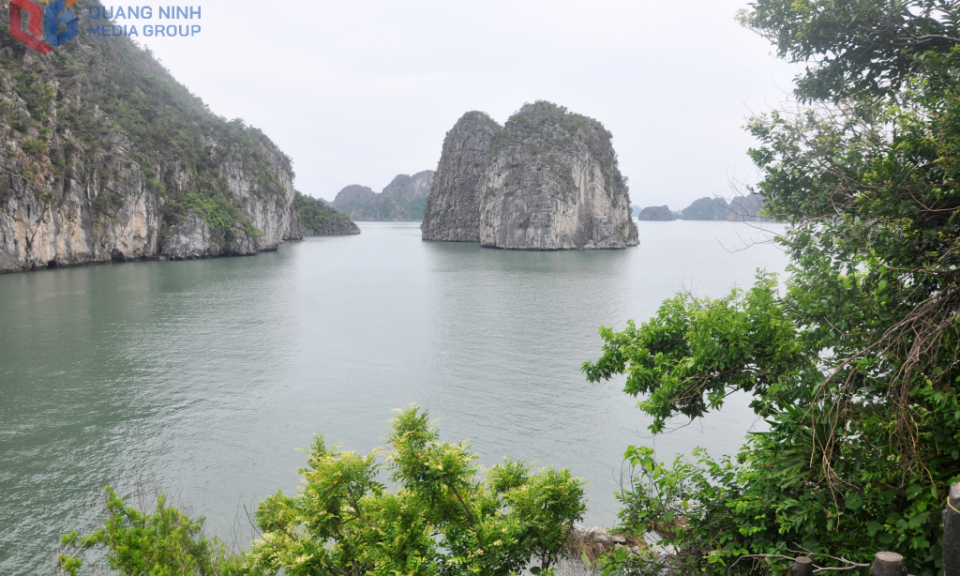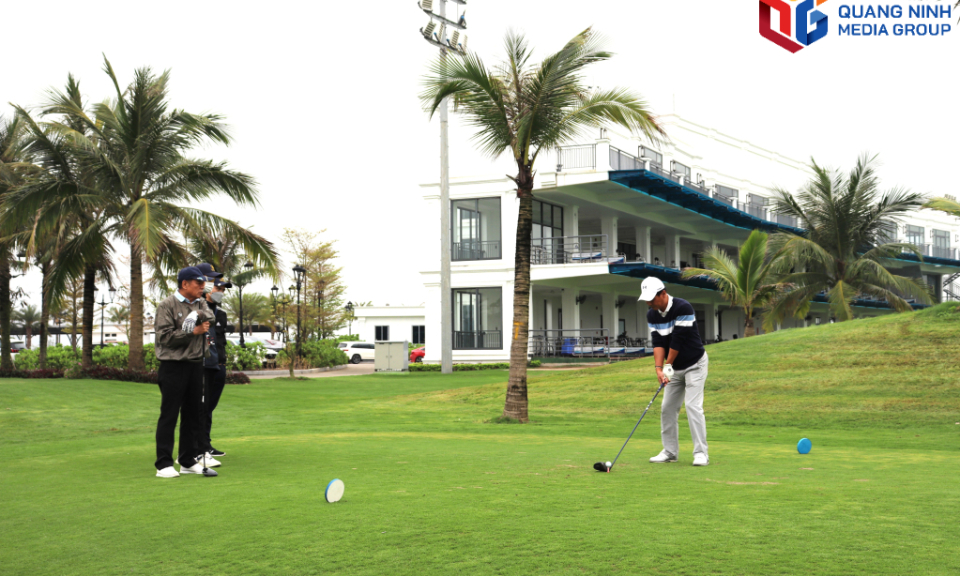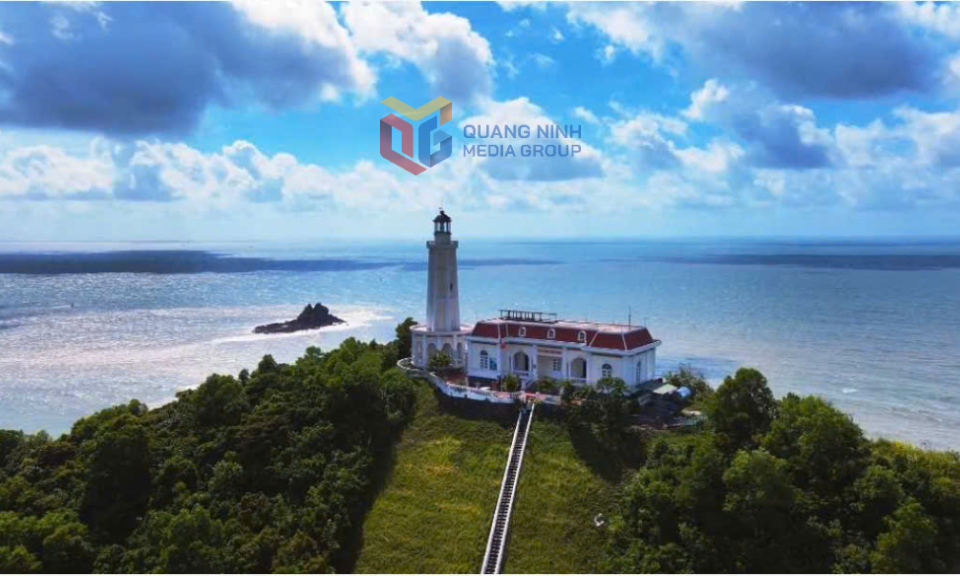Yen Tu: Small pagodas in perfect harmony with the natural setting
Yen Tu is one of the influential Buddhist cradles of the country. It is associated with ancient gems of architecture built over the Ly, Tran, Le and Nguyen dynasties. Small pagodas, towers, and shrines are dotted across the mountains in perfect harmony with the natural setting.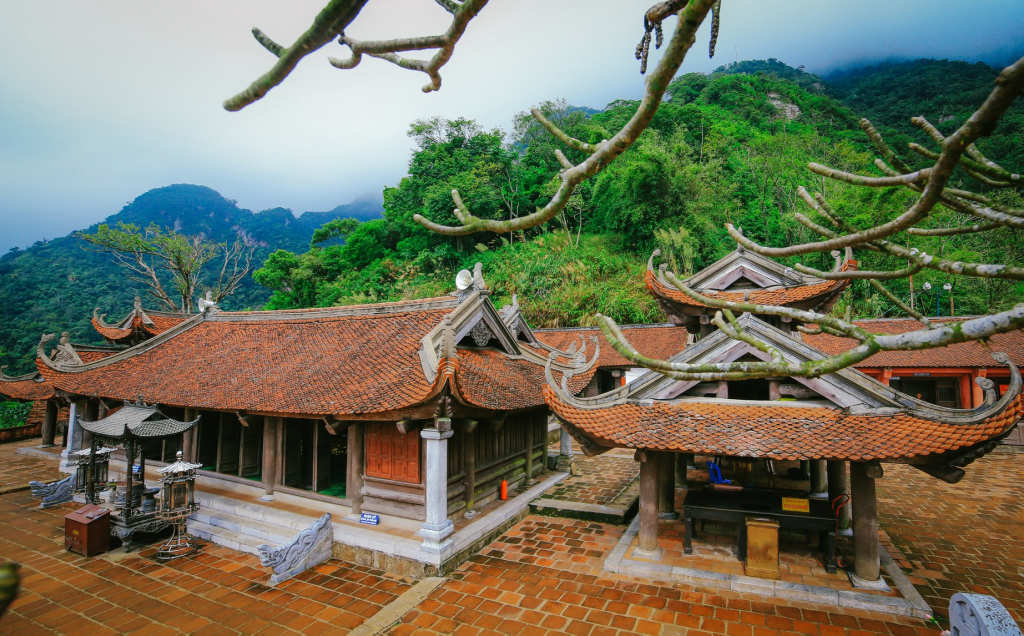
The Yen Tu pilgrimage often lasts three months, starting from the 10th day of lunar January.
The original Bi Thuong Pagoda was built during the Later Le dynasty. The current pagoda we see today was rebuilt in 1993 due to the destruction during the first Indochina war in the 1950s.
Suoi Tam Pagoda is nestled by the foot of the mountain. Ornate with dragons and rolling clouds, it is a great starting point for an extended tour of the mountains.
Other pagodas, including Cam Thuc, Lan and Giai Oan were built during the Tran dynasty in the 13th to 15th century. But today's pagodas have been rebuilt over ancient ruins.
Today's Truc Lam Zen Monastery is built on what used to be the largest Lan Pagoda of the whole complex. The compound now serves as the academy of the Truc Lam Buddhist school.
Other landmarks include the Jade Tower complex and the Ancient Hue Quang Garden of 64 towers. The signature tower in the garden is the largest dedicated to the founding monk, Tran Nhan Tong, with a statue of him on the second level.
Small and beautiful shrines are scattered along the winding road, including the Meditation Shrine, located behind Hoa Yen Pagoda.
Chua Mot Mai (Single-Slope Roof Pagoda) is narrow, small and unique, and its original altar statues were made of marble in the later Le and early Nguyen dynasties. The ancient mandarin tree by the pagoda, the natural soap tree and various vegetables were also planted in this garden.

This pagoda originated from an ancient cave, which the king-turned-monk Tran Nhan Tong chose as a secluded place to read and write his Buddhist teachings. Named Ly Tran, or Escaping from Life, the shrine was later built to be Bo Da Pagoda, with one half of the roof being the cave ceiling and the other half built with tiles.
A slower and longer trip, where you can give thoughts to each and every step you make, lets visitors see more and touch upon history at every temple or pagoda. If you have the time, walking up to Bronze Pagoda on top of Mt Yen Tu is worth the time and effort.
But beware, there are long lines for those who take the faster cable trip to the top. I have tried both ways, walking to the top and taking the cable car.
Being able to see Yen Tu from the sky was fun, but I still remember talking to a 70-year-young lady who walked the winding steps right to the very top. She was slender, fast and healthy for her age. Her uplifting and cheerful spirit was the most impressive aspect of all. It inspired our small crowd that day, and we could only admire her.
For pilgrims, the journey walking up the mountaintop may mean more and be even more fulfilling than the quick ride to get to the top in the modern cable car.
Without question, the Yen Tu Complex is one of the most spectacular pilgrimage sites in the country today.


